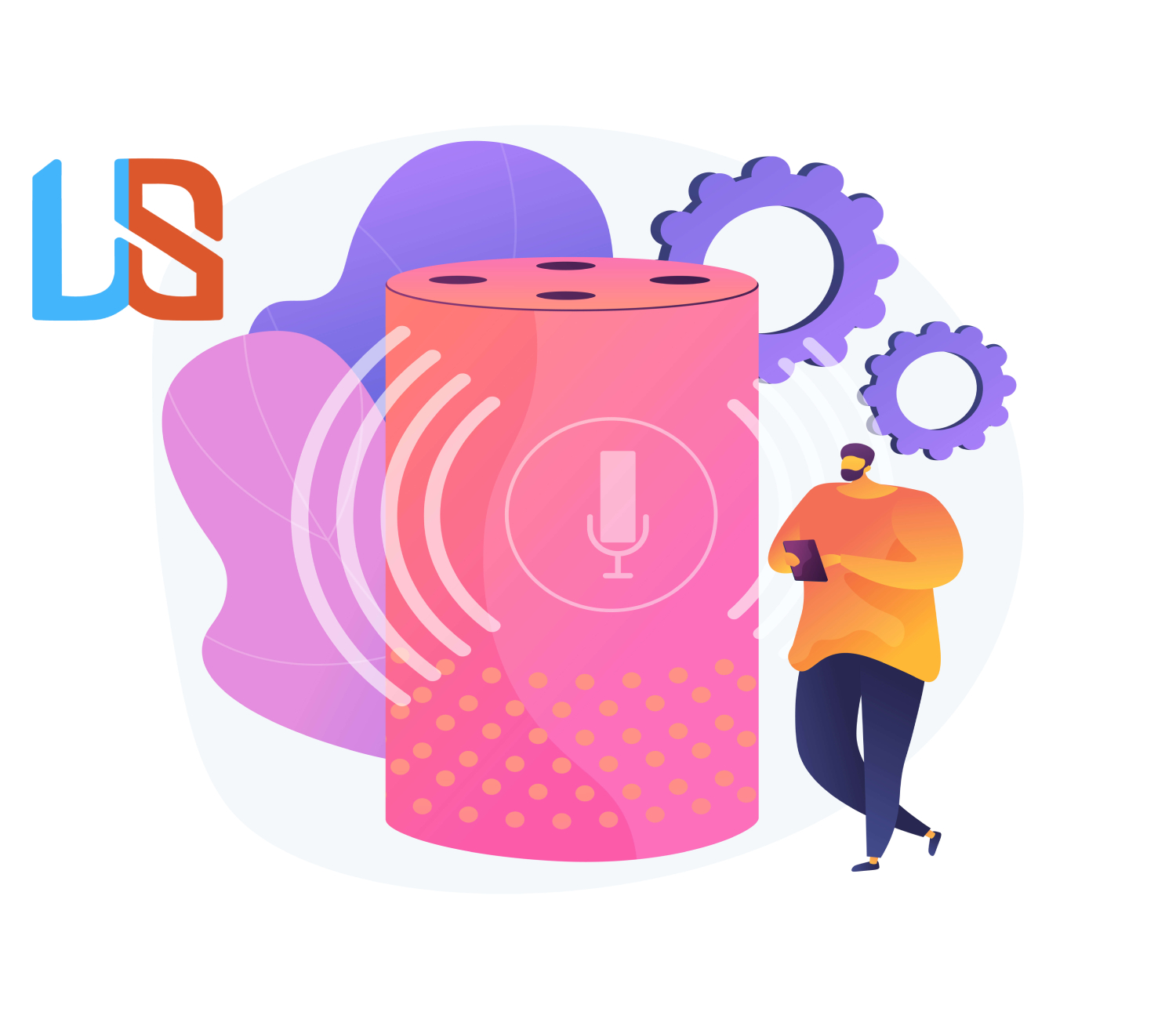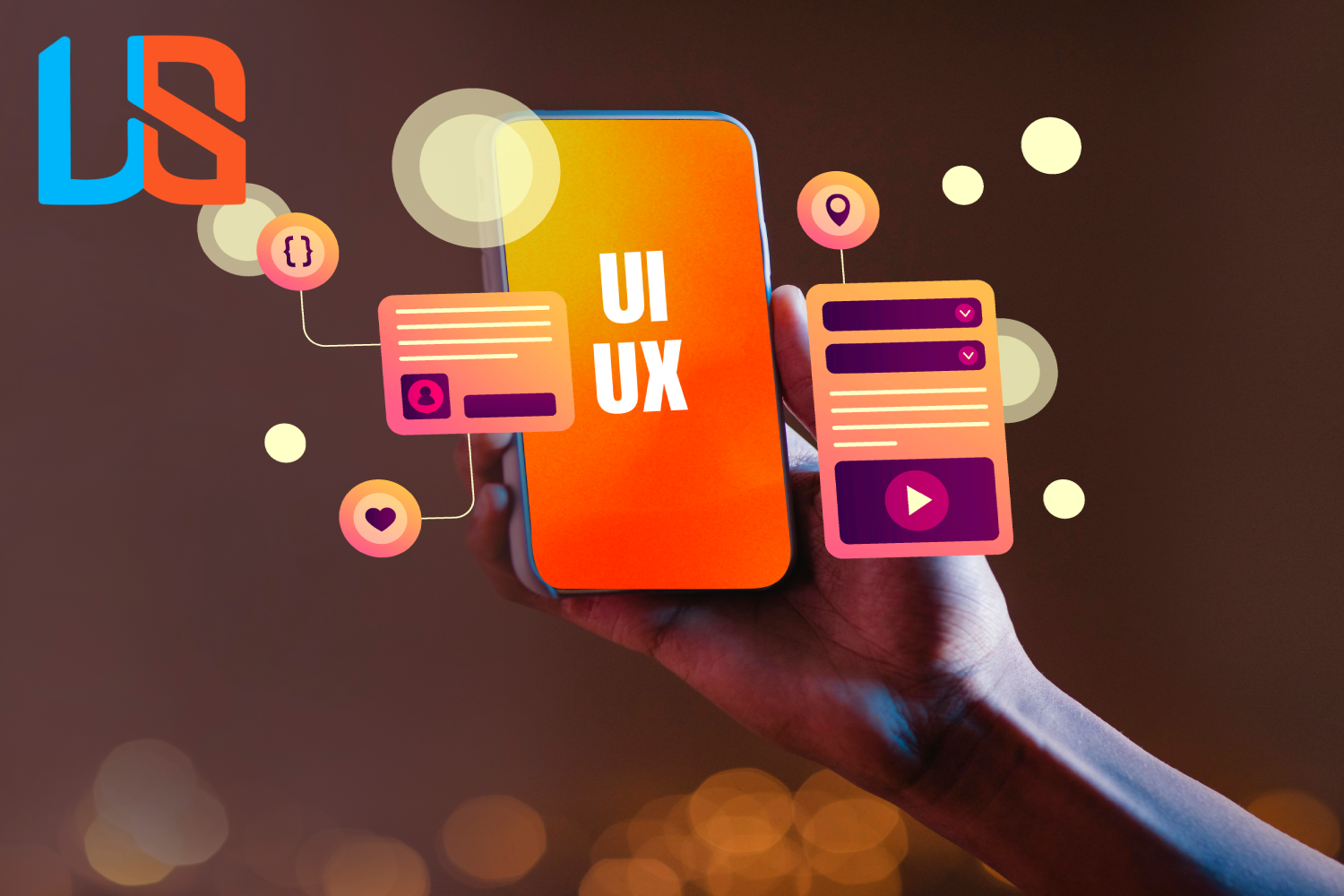
The realm of user interfaces (UI) has undergone a fascinating transformation over the years, adapting to the ever-changing technological landscape and user preferences. From the early graphical interfaces to the latest voice-enabled interactions, this evolution has revolutionized how we interact with digital devices and systems. In this article, we explore the journey of user interfaces, from their inception to the rise of voice-enabled interactions.
Graphical User Interfaces (GUI)
The introduction of Graphical User Interfaces (GUI) marked a turning point in UI design. In the 1980s, GUIs replaced the command-line interfaces, enabling users to interact with computers through visual elements such as icons, buttons, and windows. The revolutionary Apple Macintosh, introduced in 1984, was one of the first personal computers to popularize GUIs. GUIs offered a more intuitive and user-friendly experience, allowing users to navigate through applications with ease. The concept of “point-and-click” became the norm, making computing accessible to a broader audience.
Web-Based User Interfaces
With the rise of the internet, web-based user interfaces became the next milestone in UI evolution. The World Wide Web brought about a new era of interconnectedness, and web browsers became the gateway to accessing information and services online. Websites and web applications adopted GUI principles, providing users with familiar interfaces and enabling interaction through hyperlinks and web forms. This led to the emergence of web design as a specialized field, focused on creating visually appealing and user-centric websites.
Mobile User Interfaces
The advent of smartphones ushered in a new era of mobile user interfaces. Mobile devices introduced touch-based interactions, taking GUIs to a whole new level. Touchscreens allowed users to directly interact with content, swipe, pinch, and zoom, providing a more immersive and tactile experience. Mobile apps revolutionized how we use technology, and app stores became the hub for discovering and downloading applications tailored to specific needs and preferences. Mobile UI design emphasized simplicity, responsiveness, and optimization for smaller screens.
Voice User Interfaces (VUI)
The introduction of Voice User Interfaces (VUI) brought an exciting turn to UI evolution. Voice assistants like Siri, Google Assistant, and Amazon Alexa enabled natural language interactions, making hands-free and convenient experiences possible. VUI eliminates the need for traditional visual and touch-based inputs, offering particular usefulness in challenging or unsafe scenarios.
The Future of UI: Mixed Reality
As technology continues to advance, the future of UI design lies in Mixed Reality (MR). MR interfaces blend the physical and digital worlds, creating immersive experiences that seamlessly merge the virtual and real environments. Augmented Reality (AR) overlays digital elements onto the physical world, while Virtual Reality (VR) transports users into entirely virtual realms. MR has the potential to revolutionize various industries, from gaming and entertainment to education and healthcare, offering unparalleled levels of interactivity and engagement.
FAQs
Graphical User Interfaces (GUI) use visual elements such as icons, buttons, and windows to allow users to interact with computers and digital devices.
Web-based user interfaces transformed UI design by bringing GUI principles to the World Wide Web, making the internet more accessible and user-friendly.
Voice User Interfaces (VUI) enable users to interact with devices and services using natural language commands, eliminating the need for visual or touch-based inputs.
Mixed Reality (MR) interfaces blend the physical and digital worlds, creating immersive experiences that combine Augmented Reality (AR) and Virtual Reality (VR) elements.
Mixed Reality has the potential to revolutionize industries, providing unparalleled interactivity and engagement through seamless blending of virtual and real environments.
Conclusion
The evolution of user interfaces has been remarkable, driven by tech innovations and changing user needs. From Graphical User Interfaces to Voice User Interfaces, UI design offers intuitive and personalized experiences. Looking ahead, Mixed Reality promises immersive worlds that redefine how we interact with digital content. The future of UI design is exciting, shaping our technology engagement.





